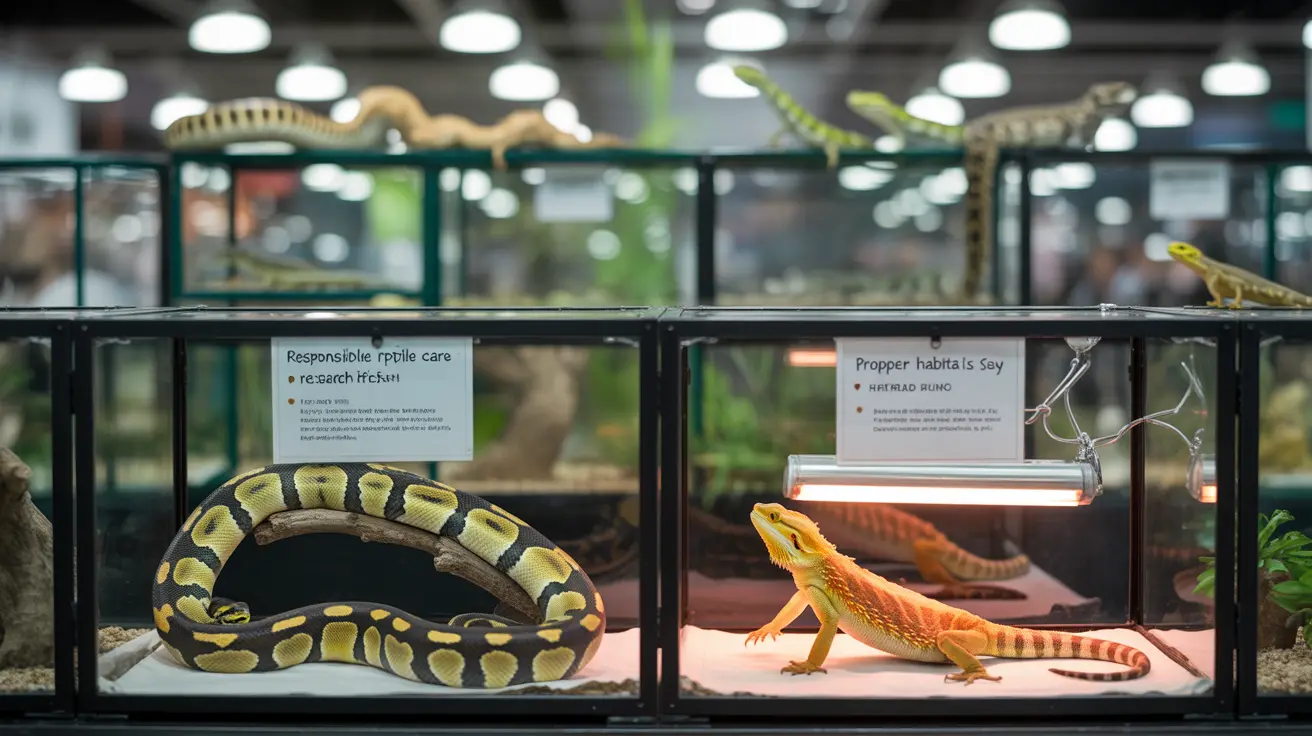Understanding Pet Safety in Manufactured Home Communities
The Cedar Grove case brings attention to broader issues of pet safety in manufactured home settings. While specific details about the alleged poisonings remain unconfirmed due to lack of official reports, the situation emphasizes the importance of establishing clear protocols for addressing pet-related concerns in residential communities.
Toxic Substances and Pet Poisoning Prevention
Property managers and residents alike should be aware of common substances that could pose risks to pets:
- Properly storing household chemicals
- Securing automotive fluids
- Managing pest control products safely
- Monitoring common areas for hazardous materials
Community Response and Reporting Procedures
When concerns about animal safety arise, proper documentation and reporting are essential steps for initiating investigations. The absence of formal reports in the Cedar Grove situation demonstrates how critical official documentation is for addressing potential animal cruelty cases.
Texas Animal Cruelty Laws and Enforcement
Texas maintains strict regulations regarding animal cruelty, including intentional poisoning. However, enforcement requires:
- Official complaints filed with local authorities
- Documentation of incidents
- Veterinary evidence when available
- Witness statements and supporting documentation
Animal Control and Veterinary Care
In cases of suspected poisoning, immediate veterinary attention can be life-saving. Local animal control authorities play a vital role in investigating reports and ensuring community safety, though their ability to act often depends on receiving formal complaints.
Frequently Asked Questions
What should I do if I suspect animals have been poisoned in my manufactured home community?
Immediately seek veterinary care for affected animals and report the incident to local authorities, such as animal control or the police, providing as much evidence as possible like photos or witness statements. Prompt reporting helps initiate investigations and protect other animals.
What are common signs that a pet might have been poisoned?
Symptoms include vomiting, seizures, lethargy, excessive drooling, difficulty breathing, or sudden death. Immediate veterinary attention is critical if poisoning is suspected to improve the chances of survival.
How can manufactured home communities prevent animal poisoning incidents?
Communities can enforce secure storage and disposal of hazardous substances, educate residents on poisoning risks and signs, implement resident watch programs, and install surveillance to deter malicious acts.
Moving Forward
The Cedar Grove situation serves as a reminder of the importance of established reporting procedures and community vigilance in protecting pets. While concerns have been raised, the lack of formal documentation highlights the gap between resident perceptions and official investigations.
Property managers and residents can work together to create safer environments for pets by implementing clear reporting protocols, maintaining open communication channels, and ensuring proper documentation of incidents. This collaborative approach helps protect all community members, both human and animal alike.






